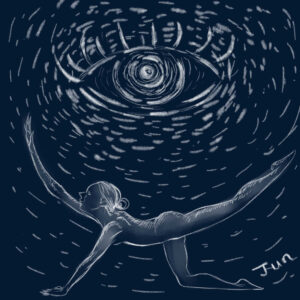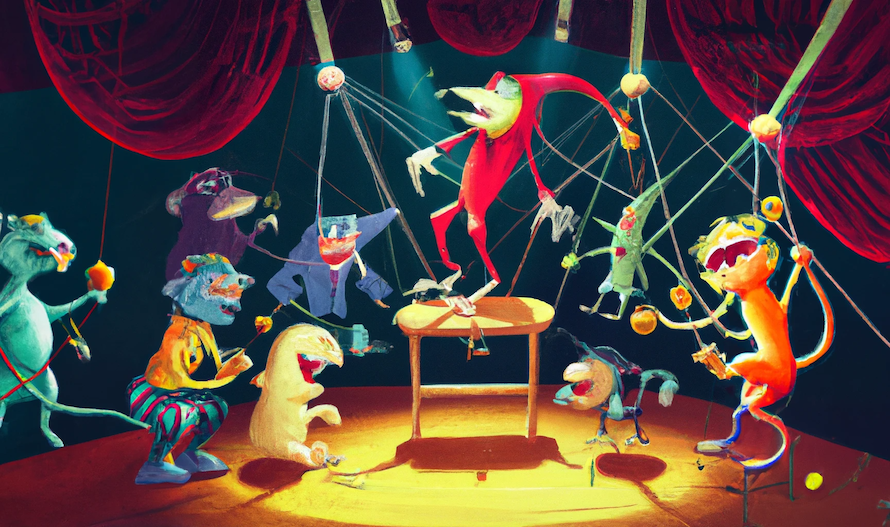I am struggling to capture a specific structure towards my post for our readings, so I wanted to write out a few of my responses and how they resonated with me. Maybe they will act as foder for discussion within our group or start the thread or spark of curiosity to lead to a larger through line.
The reading from Gloria Anzaldua’s Borderlands has particularly resonated with me. Outside of my general curiosity on the topic of borders that I noted in our first class meeting, paired with my recent travels across many state borders, driving from the east to west coasts, this topic has been very timely as I have skimmed the US/Mexico border multiple times on this trip. This sentiment of “other” was extremely poignant entering into California from a US state and still being subject to a giant checkpoint to enter the state. I found this very jarring, and could only imagine what it is like to live in the boarder lands, living your normal life, minding your business with this ominous structure and feeling attached to it, as Anzaldua notes:
Hatred, anger and exploitation are the prominent features of this landscape.
When I think of the necessity of borders, I think back to our readings in Emergent Strategy, as well as some of the topics we discussed in the summer in Concepts, Cultures, & Critiques class; regarding who holds the power and the gaze that interprets, draws and enforces these borders?
Going further and exploring the topic of borders as parameters explored in society, self, sexuality, and norms was also very interesting to delve into in the context of “otherness” within your own community. As Anzaldua writes:
The queer are the mirror reflecting the heterosexual tribe’s fear: being different, being other and therefore lesser, therefore sub-human, non-human.
So again, I wonder, what is the true purpose of borders? A line of demarkation to enforce different laws, whether from a government, our gender expectations, or familial obligations. Shouldn’t we all as humans should be living under the basic laws, freedoms, and choice?
I am reminded of an exhibit I saw the the Brooklyn Museum this summer from artist Guadalupe Maravilla, titled; Tierra Blance Joven (Young White Earth). In this work, Maravilla showcases the life of an undocumented cancer patient, exploring the themes of care and migrant crisis from El Salvador. While slightly different context, the idea of freedoms and rights, and who is deserving of them rang true to me.
Additionally, I spent this past weekend with my future mother in law and sister in law, both immigrants of the Phillipines. As I spoke about wedding and family traditions and the desire to fuse my American traditions with my fiance’s Filipino heritage, the topic of the assimilation in the context of migration and American culture was largely discussed. I found our conversation harkening back to some of the ideas and themes described in the Borderlands text. Especially around otherness/whiteness, gender roles, and marriage. No matter the culture, these constructs, or borders, are a universal topic that both separates and unites us. (An idea I am fixated on when thinking about my sub-topic of canals as well.)
There were so many quotes I jotted down and noted while reading Anzaldua’s text, but this one stood out most:
Like a turtle wherever I go I carry home on my back.
While I understand the context in this situation, I believe this quote can be taken in many different ways, which makes it that much more beautiful. No matter our circumstances, immigrant or otherwise, this is a shared sentiment of the human experience. We all carry our homes on our backs, and it is what makes us who we are, for better or for worse, no matter how far or close we are from our homes.
Where reading Anzaldua’s text may inspire the thought of open borders, the reading from Metahaven Reading ” Captives of the Cloud” evokes the feeling of anxiety and need for security, when thinking of the 9/11 attacks and other spy activity on the internet.
The people on the internet live in territories. They have citizenship. But this feedback loop doesn’t activate political agency. What, after all, really is the connection between these things?
Alternatively, we walk a fine line when we think about personal data an shared data. When you throw in the fact that access to the internet is also a disproportionate scale, it further tangles the web of how do we shape this space to be both inclusive and safe for everyone?
Lastly, I find it very interesting that both of these readings have such relevance in what we are dealing with here in the US between the controversial actions of DeSantis and transporting migrants to Martha’s Vineyard, or our former president not being held to similar standards of national security. Through this lens, it will be even more fascinating to see how these issues play out and how this study will further my insights in the matters at hand.
I hope this doesn’t read too much like rambling! I enjoyed the sentiments of both readings and look forward to discussing further with you all. 🙂









 The city was founded around 1250 with the building of the Dam that gave it its name. ‘Aeme Stelle Redamme’ is Medieval Dutch for: ‘Dam in a Watery Area.’ The first canals were dug for water management and defense. As the city expanded in the Middle Ages, successive defense moats ended up inside the walls and lost their function. But they acquired an important new one: local transport of merchandise. (https://www.amsterdam.info/canals/)
The city was founded around 1250 with the building of the Dam that gave it its name. ‘Aeme Stelle Redamme’ is Medieval Dutch for: ‘Dam in a Watery Area.’ The first canals were dug for water management and defense. As the city expanded in the Middle Ages, successive defense moats ended up inside the walls and lost their function. But they acquired an important new one: local transport of merchandise. (https://www.amsterdam.info/canals/)